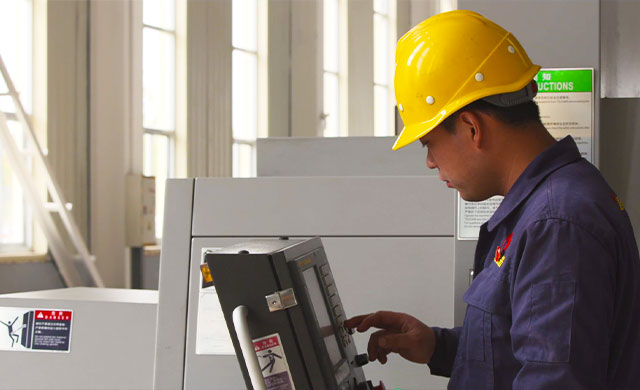
Dec . 10, 2024 14:05
Back to list
gas pressure reducing valve
Understanding Gas Pressure Reducing Valves
Gas pressure reducing valves (PRVs) are essential components in various industrial and residential applications where gas is utilized. These devices ensure that the pressure of gas is lowered to a safe and usable level for downstream equipment and appliances. Without effective pressure regulation, gas systems can experience severe fluctuations, leading to equipment damage, inefficient operation, and safety risks.
How Gas Pressure Reducing Valves Work
The primary function of a gas pressure reducing valve is to maintain a specified outlet pressure, regardless of the fluctuations in inlet pressure. Each valve is designed to engage automatically, adjusting to variations in supply pressure to provide a steady flow of gas at a reduced and manageable pressure.
The operation of a PRV is typically based on a simple mechanism involving a spring-loaded diaphragm. The diaphragm responds to the outlet pressure; when the pressure exceeds the preset threshold, the diaphragm moves to close the valve slightly, thus reducing the flow of gas. Conversely, if the pressure drops, the diaphragm expands, allowing more gas to flow through. This feedback loop maintains a stable and safe outlet pressure, ensuring the proper functioning of connected appliances or equipment.
Applications of Gas Pressure Reducing Valves
PRVs are used in a myriad of applications across different sectors. In residential settings, they are commonly found in heating systems, gas stoves, and water heaters, where precise pressure control is vital for safe operation. In industrial environments, these valves are crucial for processes involving gas distribution, chemical manufacturing, and power generation, among others.
In many cases, the installation of a PRV is a regulatory requirement, particularly in facilities that handle large volumes of gas. These valves help meet safety standards set by various governing bodies, minimizing the chances of accidents caused by excessive gas pressure.
gas pressure reducing valve

Benefits of Using PRVs
1. Safety One of the most significant advantages of using gas pressure reducing valves is enhanced safety. By regulating gas pressure, PRVs help prevent hazardous situations like explosions or equipment malfunctions, which can occur due to excessive pressure.
2. Efficiency Proper pressure regulation contributes to the efficient operation of gas appliances. When gas is supplied at the correct pressure, appliances operate more effectively, leading to reduced energy consumption and lower utility bills.
3. Equipment Protection Sensitive equipment can easily be damaged by pressure spikes. By employing a PRV, businesses and homeowners can prolong the lifespan of their gas-fired equipment and reduce maintenance costs.
4. Environmental Considerations Efficient gas usage not only decreases costs but also has positive implications for the environment. By preventing waste through more accurate pressure management, PRVs can play a role in reducing emissions associated with gas consumption.
Conclusion
Gas pressure reducing valves are vital components in ensuring the safe and efficient use of gas in various environments. Their ability to maintain consistent outlet pressure protects equipment, enhances safety, and improves overall system performance. Given the essential role they play, it is crucial for users to understand their operation, benefits, and the importance of regular maintenance. Investing in high-quality PRVs can lead to long-term gains in safety, efficiency, and equipment longevity, ultimately benefiting both consumers and the broader environment.
Next:
Latest news
-
Safety Valve Spring-Loaded Design Overpressure ProtectionNewsJul.25,2025
-
Precision Voltage Regulator AC5 Accuracy Grade PerformanceNewsJul.25,2025
-
Natural Gas Pressure Regulating Skid Industrial Pipeline ApplicationsNewsJul.25,2025
-
Natural Gas Filter Stainless Steel Mesh Element DesignNewsJul.25,2025
-
Gas Pressure Regulator Valve Direct-Acting Spring-Loaded DesignNewsJul.25,2025
-
Decompression Equipment Multi-Stage Heat Exchange System DesignNewsJul.25,2025

